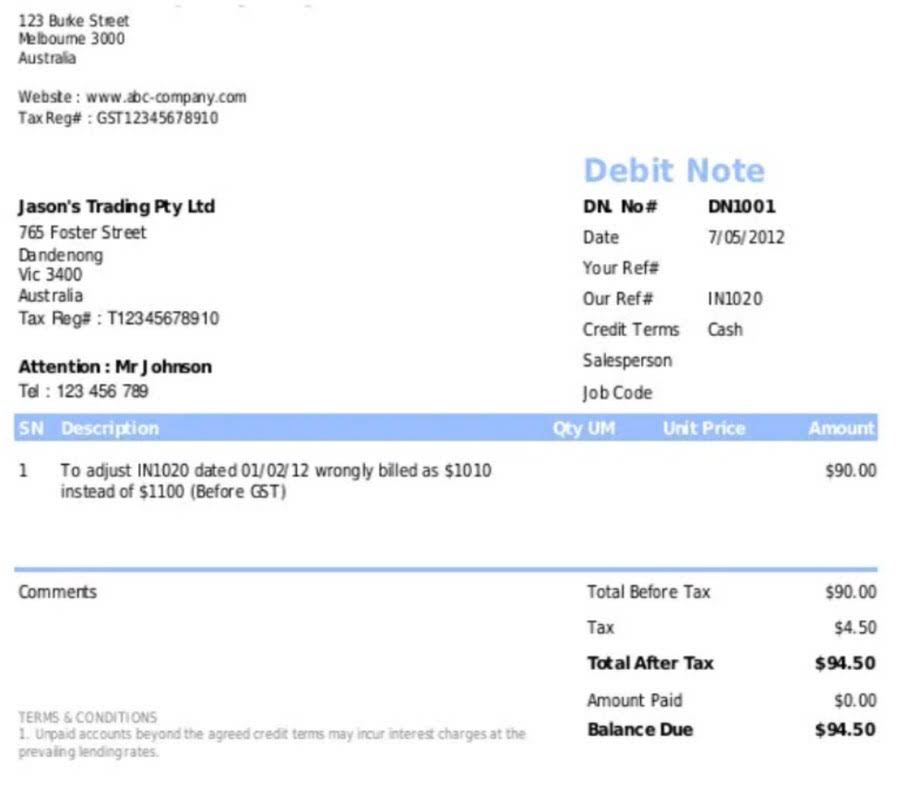To make an adjusting entry for wages paid to an employee at the end of an accounting period, an adjusting journal entry will debit wages expense and credit wages payable. The purpose of adjusting entries is to assign an appropriate portion of revenue and expenses to the appropriate accounting period. By making adjusting entries, a portion of revenue is assigned to the accounting period in which it is earned, and a portion of expenses is assigned to the accounting period in which it is incurred. When you make an adjusting entry, you’re making sure the activities of your business are recorded accurately in time. If you don’t make adjusting entries, your books will show you paying for expenses before they’re actually incurred, or collecting unearned revenue before you can actually use the money.
If you create financial statements without taking adjusting entries into consideration, the financial health of your business will be completely distorted. Net income and the owner’s equity will be overstated, while expenses and liabilities understated. When you make adjusting entries, you’re recording business transactions accurately in time. Adjusting entries update previously recorded journal entries, so that revenue and expenses are recognized at the time they occur. The life of a business is divided into accounting periods, which is the time frame (usually a fiscal year) for which a business chooses to prepare its financial statements.
For instance, if a company buys a building that’s expected to last for 10 years for $20,000, that $20,000 will be expensed throughout the entirety of the 10 years, rather than when the building is purchased. Over 1.8 million professionals use CFI to learn accounting, financial analysis, modeling and more. Start with a free account to explore 20+ always-free courses and hundreds of finance templates and cheat sheets. Depreciation is the process of assigning a cost of an asset, such as a building or piece of equipment over the economic or serviceable life of that asset. You rent a new space for your tote manufacturing business, and decide to pre-pay a year’s worth of rent in December. At Business.org, our research is meant to offer general product and service recommendations.
If the person who maintains your finances only has a basic understanding of bookkeeping, it’s possible that this person isn’t recording adjusting entries. Full-charge bookkeepers and accountants should be able to record them, though, and a CPA can definitely take care of it. Once all adjusting journal entries have been posted to T-accounts, we can check to make sure the accounting equation remains balanced. Following is a summary showing the T-accounts for Printing Plus including adjusting entries. Companies that use accrual accounting and find themselves in a position where one accounting period transitions to the next must see if any open transactions exist.
Expenses should be recognized in the period when the revenues generated by such expenses are recognized. The accrual concept states that income is recognized when earned regardless of when collected and expense is recognized when incurred regardless of when paid. GAAP is a “guiding mechanism” used by accountants and business owners within the US. It encompasses several different accounting principles https://accounting-services.net/ — including the principle of materiality, the matching principle, the principle of going concern, and the principle of objectivity. Deferred revenue adjustments are made to account for payments which are made to you in advance by a client. If you hire a freelancer to carry out a service for your business, then as soon as that freelancer has completed their work, they are entitled to payment.
- Depending on your source, accounting professionals may recognize only four categories of adjusting entries, or up to seven.
- For most tax filers, the top questions are whether they’ll see a bigger tax refund — and how long will it take the IRS to send them their money.
- They account for expenses you generated in one period, but paid for later.
- When you depreciate an asset, you make a single payment for it, but disperse the expense over multiple accounting periods.
- This is because, similarly to the above examples, the money that has been paid to you has not actually been “earned” yet — at least from an accounting standpoint.
- At the end of the accounting period, you may not be reporting expenses that happen in the previous month.
In the journal entry, Depreciation Expense–Equipment has a debit of $75. This is posted to the Depreciation Expense–Equipment T-account on the debit side (left side). This is posted to the Accumulated Depreciation–Equipment T-account on the credit side (right side). In some situations it is just an unethical stretch of the truth easy enough to do because of the estimates made in adjusting entries. Doubling the useful life will cause 50% of the depreciation expense you would have had. This method of earnings management would probably not be considered illegal but is definitely a breach of ethics.
Deferred Revenues
Most small business owners choose straight-line depreciation to depreciate fixed assets since it’s the easiest method to track. If you receive payment in advance for services that have not yet been performed, the payment where do you make adjusting entries must be posted as deferred revenue, with a monthly journal entry necessary until the prepaid revenue has been earned. Depreciation is a good example of a non-cash activity where expenses are matched with revenues.
What is an adjusting entry?
In other words, when you make an adjusting entry to your books, you are adjusting your income or expenses and either what your company owns (assets) or what it owes (liabilities). After you prepare your initial trial balance, you can prepare and post your adjusting entries, later running an adjusted trial balance after the journal entries have been posted to your general ledger. The purpose of adjusting entries is to ensure that your financial statements will reflect accurate data. The type of business you run will dictate the type of adjustments that will need to be made in your accounting books. Expenditure and revenue are typically analyzed and reviewed at the end of each accounting period to ensure proper reporting and up-to-date recording.
Introduction to Adjusting Entries
The five most common types of adjusting entries are prepaid expenses, depreciation, accrued expenses, accrued income, and unearned income. Each type ensures accurate records are being kept of transactions in real-time. At the end of each accounting period, an adjusting entry is made to record the current year’s vehicle cost allocation by debiting depreciation expense and crediting accumulated depreciation. Without this adjustment, the current year’s income wouldn’t be matched against the current year’s expenses. Adjusting journal entries can get complicated, so you shouldn’t book them yourself unless you’re an accounting expert.
For example, a business owner will need to anticipate future expenses and thus will journal accrual entities to reflect these future expenses. Most companies and corporations elect to use the accrual method of accounting in their books of record. The unadjusted trial balance comes right out of your bookkeeping system.
If you are a cash basis taxpayer, this payment would reduce your taxable income for the previous year by $1,200. Adjusting entries are usually made at the end of an accounting period. They can, however, be made at the end of a quarter, a month, or even at the end of a day, depending on the accounting procedures and the nature of business carried on by the company. Except, in this case, you’re paying for something up front—then recording the expense for the period it applies to.
Adjusting entries defined
Those taxpayers receiving bigger refunds are most likely to be workers whose income didn’t keep up with inflation. For instance, if your wages rose 4% last year, that’s below the 7% IRS adjustment to its tax brackets. One of taxpayers’ biggest concerns is the timing of their tax refund, something that became a pain point during the pandemic when millions of refunds were delayed by IRS backlogs. But this tax season, the IRS is tapping billions in new funding provided by the Inflation Reduction Act, allowing it to hire more customer service reps and improve apps like its “Where’s My Refund?” service. The average refund check last year was just shy of $3,200 — an amount that typically represents a family’s biggest check of the year.
The Importance of Adjusting Entries
Unlike accruals, there is no reversing entry for depreciation and amortization expense. Now, when you record your payroll for Jan. 1, your Wages and Salaries expense won’t be overstated. Our partners cannot pay us to guarantee favorable reviews of their products or services. First, during February, when you produce the bags and invoice the client, you record the anticipated income.
If you use small-business accounting software — like QuickBooks, Xero or FreshBooks — you might not be familiar with journal entries. That’s because most accounting software posts the journal entries for you based on the transactions entered. After preparing all necessary adjusting entries, they are either posted to the relevant ledger accounts or directly added to the unadjusted trial balance to convert it into an adjusted trial balance.


